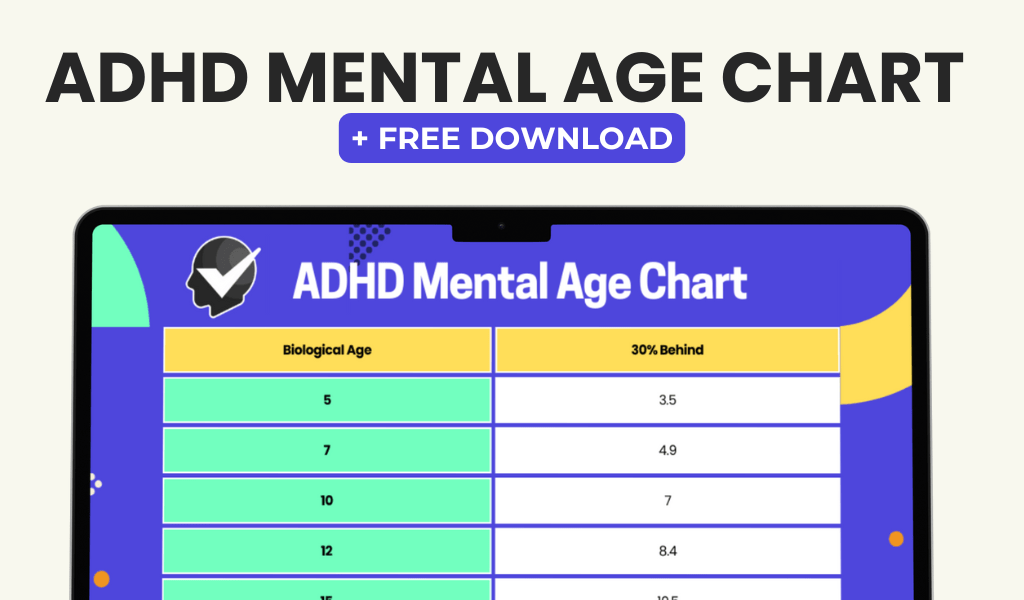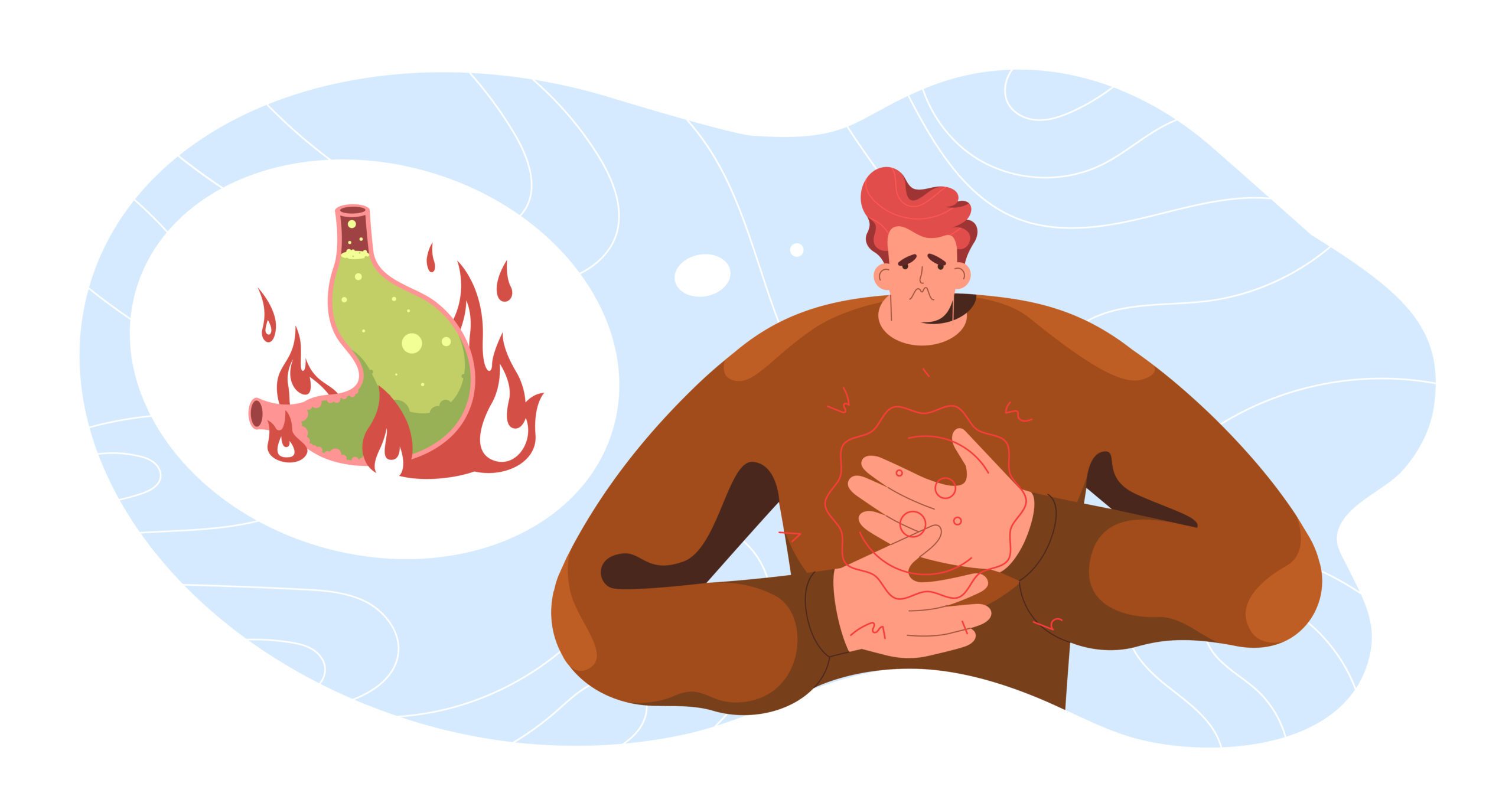ADHD, or Attention Deficit Hyperactivity Disorder, is a neurodevelopmental disorder that affects both children and adults. Individuals with ADHD often struggle with maintaining focus, staying organized, and managing their time effectively. These challenges can make everyday tasks, such as cleaning, particularly difficult. Cleaning requires attention to detail, organization, and the ability to stay on task for an extended period of time, all of which can be challenging for someone with ADHD.
One of the main challenges individuals with ADHD face when it comes to cleaning is staying focused on the task at hand. It can be easy for someone with ADHD to become distracted by other thoughts or activities, making it difficult to complete a cleaning task from start to finish. Additionally, individuals with ADHD may struggle with organization, making it hard to create and stick to a cleaning routine. These challenges can lead to feelings of frustration and overwhelm, making it even harder to tackle cleaning tasks.
Another aspect of ADHD that can impact cleaning is impulsivity. Individuals with ADHD may struggle with impulsivity, making it difficult to follow a cleaning routine or resist the urge to move on to another task before completing the current one. This can lead to a cycle of starting and stopping cleaning tasks without ever fully completing them. Understanding these challenges is the first step in finding effective strategies to help individuals with ADHD overcome them and create a clean and organized living space.
Key Takeaways
- ADHD can make cleaning challenging due to difficulties with focus, organization, and time management
- Creating a cleaning routine can help individuals with ADHD stay on track and maintain a tidy living space
- Utilizing organizational tools such as color-coded bins, labels, and calendars can make cleaning more manageable for those with ADHD
- Breaking cleaning tasks into smaller, manageable chunks can prevent overwhelm and help individuals with ADHD stay on track
- Minimizing distractions in the cleaning environment, such as turning off electronic devices, can help individuals with ADHD stay focused on the task at hand
- Incorporating ADHD-friendly cleaning techniques, such as using timers and music, can make cleaning more enjoyable and effective for individuals with ADHD
- Seeking professional help, such as hiring a cleaning service or working with a professional organizer, can be beneficial for individuals with ADHD who struggle to maintain a clean living space
Creating a Cleaning Routine
Creating a cleaning routine can be incredibly beneficial for individuals with ADHD. A routine provides structure and predictability, which can help individuals with ADHD stay on track and manage their time more effectively. When creating a cleaning routine, it’s important to start small and be realistic about what can be accomplished in a given time frame. Breaking cleaning tasks into smaller, more manageable chunks can make them feel less overwhelming and more achievable.
It’s also important to establish a consistent schedule for cleaning. This could mean setting aside a specific time each day or week for cleaning tasks, or designating different tasks for different days of the week. Consistency is key when it comes to creating a routine that works for individuals with ADHD. Additionally, using visual cues, such as checklists or calendars, can help individuals with ADHD stay organized and remember what needs to be done.
Incorporating rewards into the cleaning routine can also be helpful for individuals with ADHD. Setting small rewards for completing cleaning tasks can provide motivation and make the process more enjoyable. Rewards could be anything from taking a break to enjoy a favorite activity, to treating oneself to something special after completing a certain number of tasks. By creating a cleaning routine that is realistic, consistent, and rewarding, individuals with ADHD can better manage their cleaning tasks and maintain a clean and organized living space.
Utilizing Organizational Tools
Utilizing organizational tools can be incredibly helpful for individuals with ADHD when it comes to cleaning. There are many tools and resources available that can help individuals with ADHD stay organized and on track with their cleaning tasks. One such tool is a planner or calendar, which can be used to schedule cleaning tasks and keep track of what needs to be done each day or week. Having a visual representation of their cleaning routine can help individuals with ADHD stay focused and remember what needs to be done.
Another helpful organizational tool is a checklist. Creating a checklist of cleaning tasks can help individuals with ADHD break down larger tasks into smaller, more manageable steps. Checking off items as they are completed can provide a sense of accomplishment and motivation to continue with the cleaning process. Additionally, using storage solutions such as bins, baskets, and shelves can help individuals with ADHD keep their living space organized and clutter-free.
Utilizing technology can also be beneficial for individuals with ADHD when it comes to staying organized with cleaning tasks. There are many apps and digital tools available that can help individuals create and manage their cleaning routines. These tools can provide reminders, track progress, and offer helpful tips for staying on top of cleaning tasks. By utilizing organizational tools such as planners, checklists, storage solutions, and technology, individuals with ADHD can better manage their cleaning tasks and maintain a clean and organized living space.
Breaking Tasks into Manageable Chunks
| Task | Subtasks | Time Required |
|---|---|---|
| Project A | Research, Planning, Execution, Evaluation | 2 weeks |
| Presentation B | Outline, Content Creation, Design, Rehearsal | 5 days |
| Report C | Data Collection, Analysis, Writing, Review | 10 days |
Breaking cleaning tasks into manageable chunks is essential for individuals with ADHD. Large or complex tasks can feel overwhelming and lead to procrastination or avoidance. By breaking tasks down into smaller, more manageable steps, individuals with ADHD can approach cleaning in a more systematic and achievable way. For example, instead of trying to clean an entire room at once, they can focus on one area or one type of task at a time.
It’s important for individuals with ADHD to prioritize their cleaning tasks and focus on one thing at a time. This can help prevent feeling overwhelmed by trying to do too much at once. By breaking tasks into smaller chunks and focusing on one thing at a time, individuals with ADHD can maintain their focus and make progress without feeling stressed or scattered.
Another strategy for breaking tasks into manageable chunks is to set time limits for each task. This can help individuals with ADHD stay on track and avoid spending too much time on one task at the expense of others. Setting a timer for 15-30 minutes for each task can help create a sense of urgency and keep individuals with ADHD focused on the task at hand. By breaking tasks into manageable chunks and setting time limits, individuals with ADHD can approach cleaning in a more systematic and achievable way.
Minimizing Distractions
Minimizing distractions is crucial for individuals with ADHD when it comes to cleaning. Distractions can make it difficult to maintain focus and complete cleaning tasks in a timely manner. There are several strategies that individuals with ADHD can use to minimize distractions and create an environment that is conducive to cleaning.
One strategy is to create a dedicated cleaning space that is free from distractions. This could mean setting up a specific area in the home where cleaning supplies are stored and where cleaning tasks are completed. By creating a designated space for cleaning, individuals with ADHD can minimize distractions and create a focused environment for completing their tasks.
Another strategy for minimizing distractions is to eliminate clutter in the home. Clutter can be overwhelming for individuals with ADHD and make it difficult to stay focused on cleaning tasks. By decluttering the home and creating an organized living space, individuals with ADHD can create an environment that is conducive to staying focused and completing cleaning tasks.
It’s also important for individuals with ADHD to identify their personal distractions and develop strategies for managing them. This could mean turning off electronic devices, setting boundaries with family members or roommates, or using noise-cancelling headphones to block out external distractions. By minimizing distractions and creating a focused environment for cleaning, individuals with ADHD can better manage their tasks and maintain a clean and organized living space.
Incorporating ADHD-Friendly Cleaning Techniques
Incorporating ADHD-friendly cleaning techniques can make the process of cleaning more manageable for individuals with ADHD. One such technique is using visual cues to help stay organized and on track with cleaning tasks. This could mean using color-coded labels for cleaning supplies, creating visual checklists, or using visual timers to manage time spent on each task.
Another ADHD-friendly cleaning technique is incorporating movement into the cleaning process. Individuals with ADHD often benefit from physical activity, so incorporating movement into cleaning tasks can help them stay engaged and focused. This could mean incorporating dance breaks between tasks, using a standing desk while organizing paperwork, or simply moving around while completing cleaning tasks.
Using positive reinforcement is another effective technique for individuals with ADHD when it comes to cleaning. Positive reinforcement involves rewarding oneself for completing tasks or making progress towards a goal. This could mean treating oneself to something enjoyable after completing a certain number of tasks, or simply acknowledging and celebrating small victories along the way.
Incorporating sensory-friendly cleaning techniques can also be beneficial for individuals with ADHD. This could mean using scented cleaning products that are enjoyable to use, playing music in the background while cleaning, or using tactile tools such as microfiber cloths or sponges that provide sensory feedback while completing tasks.
Seeking Professional Help if Necessary
For some individuals with ADHD, managing cleaning tasks may be particularly challenging despite implementing various strategies and techniques. In such cases, seeking professional help may be necessary in order to maintain a clean and organized living space.
Professional organizers or cleaners who specialize in working with individuals with ADHD can provide valuable support in creating systems that work for the individual’s specific needs. They can help create personalized organizational systems, develop effective routines, and provide ongoing support in maintaining a clean living space.
Additionally, seeking professional help from a therapist or counselor who specializes in working with individuals with ADHD can provide valuable support in developing strategies for managing cleaning tasks and overcoming challenges related to organization and time management.
In some cases, medication or other treatments prescribed by a healthcare professional may also be beneficial in managing symptoms of ADHD that impact an individual’s ability to maintain a clean living space.
Overall, seeking professional help when necessary can provide valuable support in overcoming challenges related to managing cleaning tasks and maintaining a clean and organized living space for individuals with ADHD.
Professional help can offer guidance and strategies tailored to the specific needs of individuals with ADHD, helping them develop effective routines and systems for managing cleaning tasks. Additionally, professionals can provide emotional support and encouragement, which can be particularly beneficial for those who struggle with executive functioning and motivation. By working with professionals, individuals with ADHD can gain the skills and confidence needed to maintain a clean and organized living space, ultimately improving their overall well-being and quality of life.
If you’re struggling with ADHD and finding it difficult to stay organized, you’re not alone. Creating a cleaning list can be a helpful way to manage your tasks and keep your space tidy. However, it’s important to remember that ADHD can present unique challenges, and seeking professional guidance is crucial. If you’re interested in learning more about ADHD testing and management, check out this insightful article on ADHD-testing.com. It provides valuable information on understanding and addressing ADHD symptoms, offering valuable insights for those navigating the complexities of ADHD.
FAQs
What is ADHD?
ADHD stands for Attention Deficit Hyperactivity Disorder. It is a neurodevelopmental disorder that affects both children and adults, causing difficulties with attention, hyperactivity, and impulsivity.
What is an ADHD cleaning list?
An ADHD cleaning list is a tool used to help individuals with ADHD stay organized and focused while cleaning their living space. It provides a structured and step-by-step approach to cleaning tasks, making it easier for those with ADHD to manage and complete the chores.
How can an ADHD cleaning list help individuals with ADHD?
An ADHD cleaning list can help individuals with ADHD by breaking down the cleaning tasks into smaller, manageable steps. This can reduce feelings of overwhelm and provide a clear plan to follow, making it easier to stay on track and complete the cleaning tasks.
What are some tips for creating an effective ADHD cleaning list?
Some tips for creating an effective ADHD cleaning list include breaking down tasks into smaller steps, using visual cues or checklists, setting a timer for each task, and incorporating rewards for completing tasks. It’s also important to prioritize tasks and create a routine for cleaning.
Are there specific cleaning tasks that should be included in an ADHD cleaning list?
An ADHD cleaning list should include a range of cleaning tasks, such as decluttering, dusting, vacuuming, mopping, and organizing. It’s important to tailor the list to the individual’s living space and specific cleaning needs.
Where can I find examples of ADHD cleaning lists?
Examples of ADHD cleaning lists can be found online, in books about ADHD management, or through ADHD support groups and communities. It may also be helpful to consult with a professional organizer or ADHD coach for personalized guidance.














